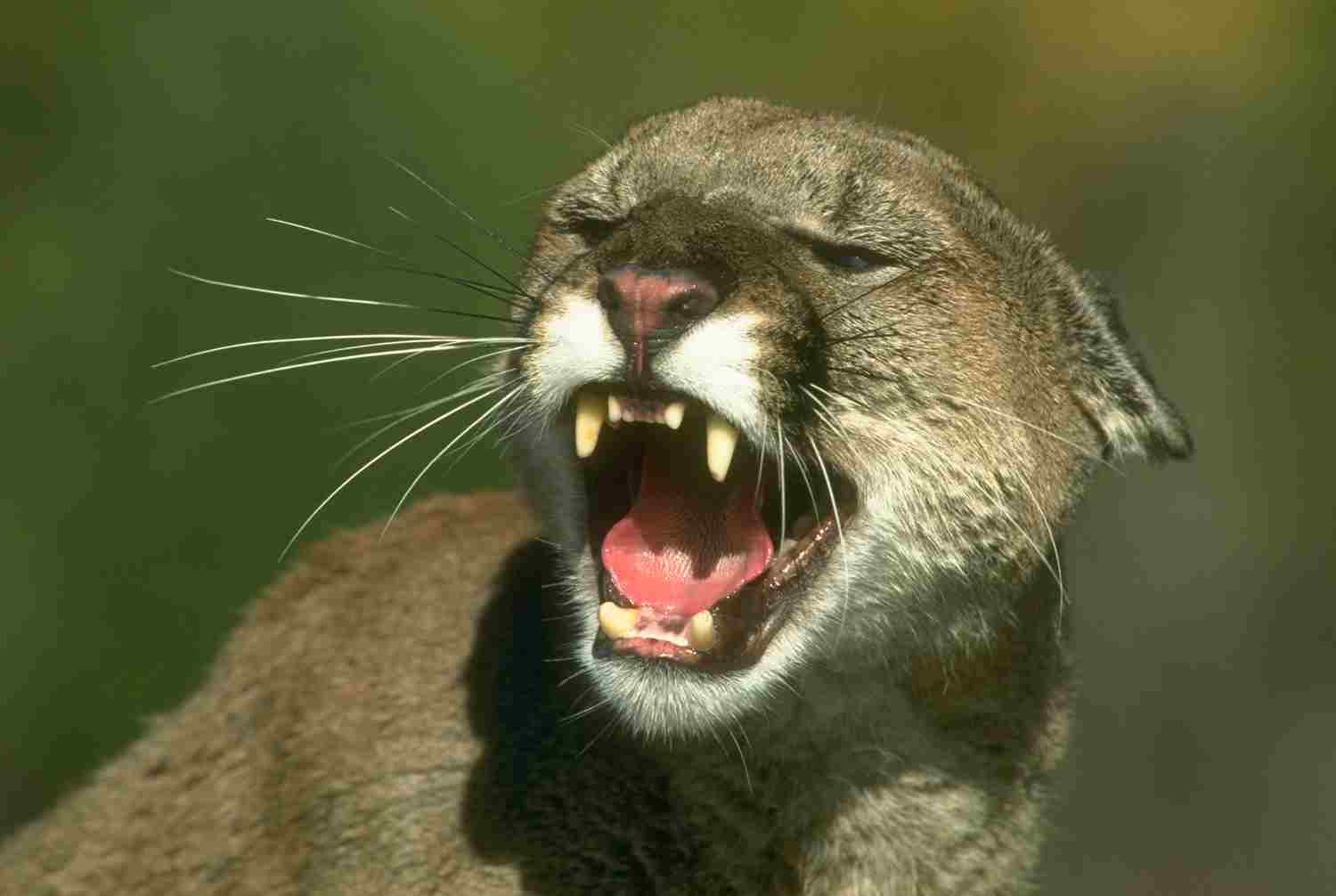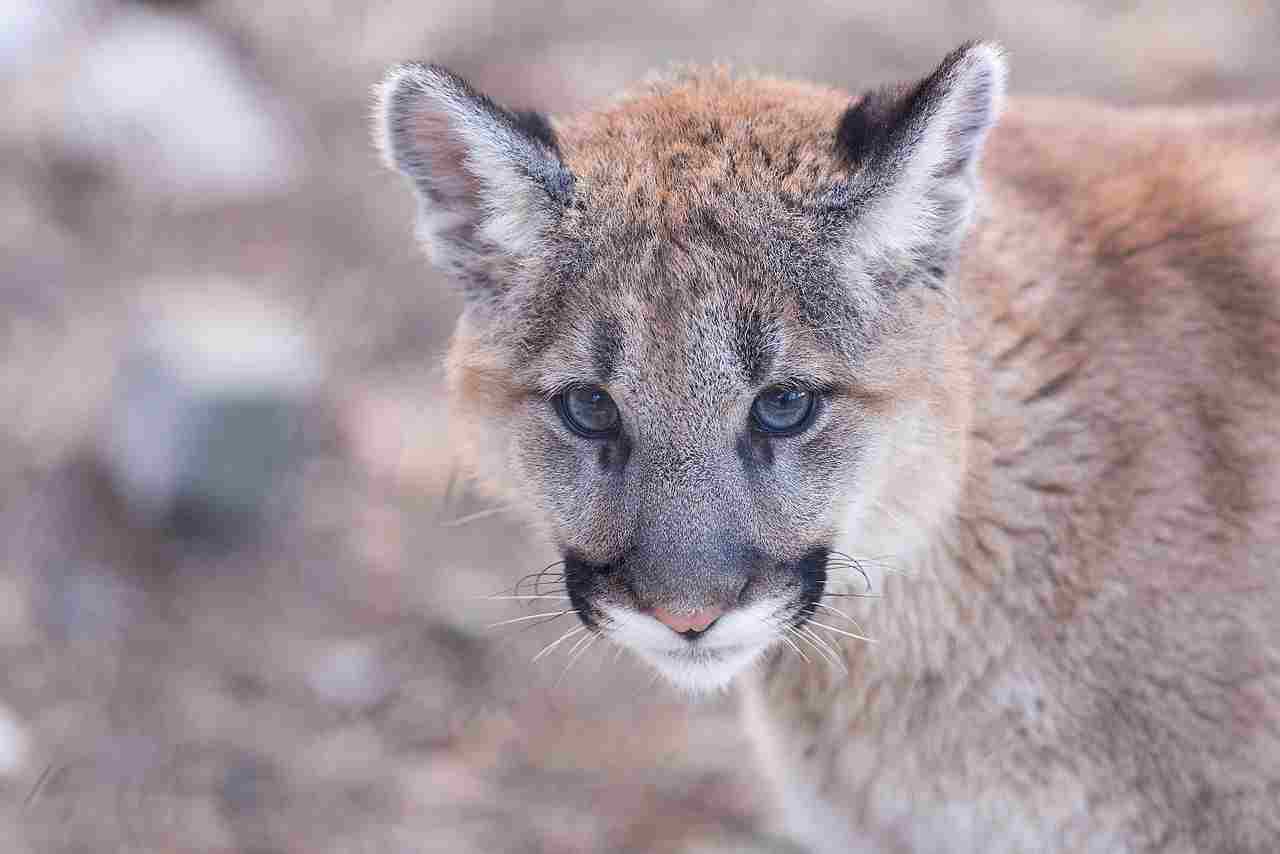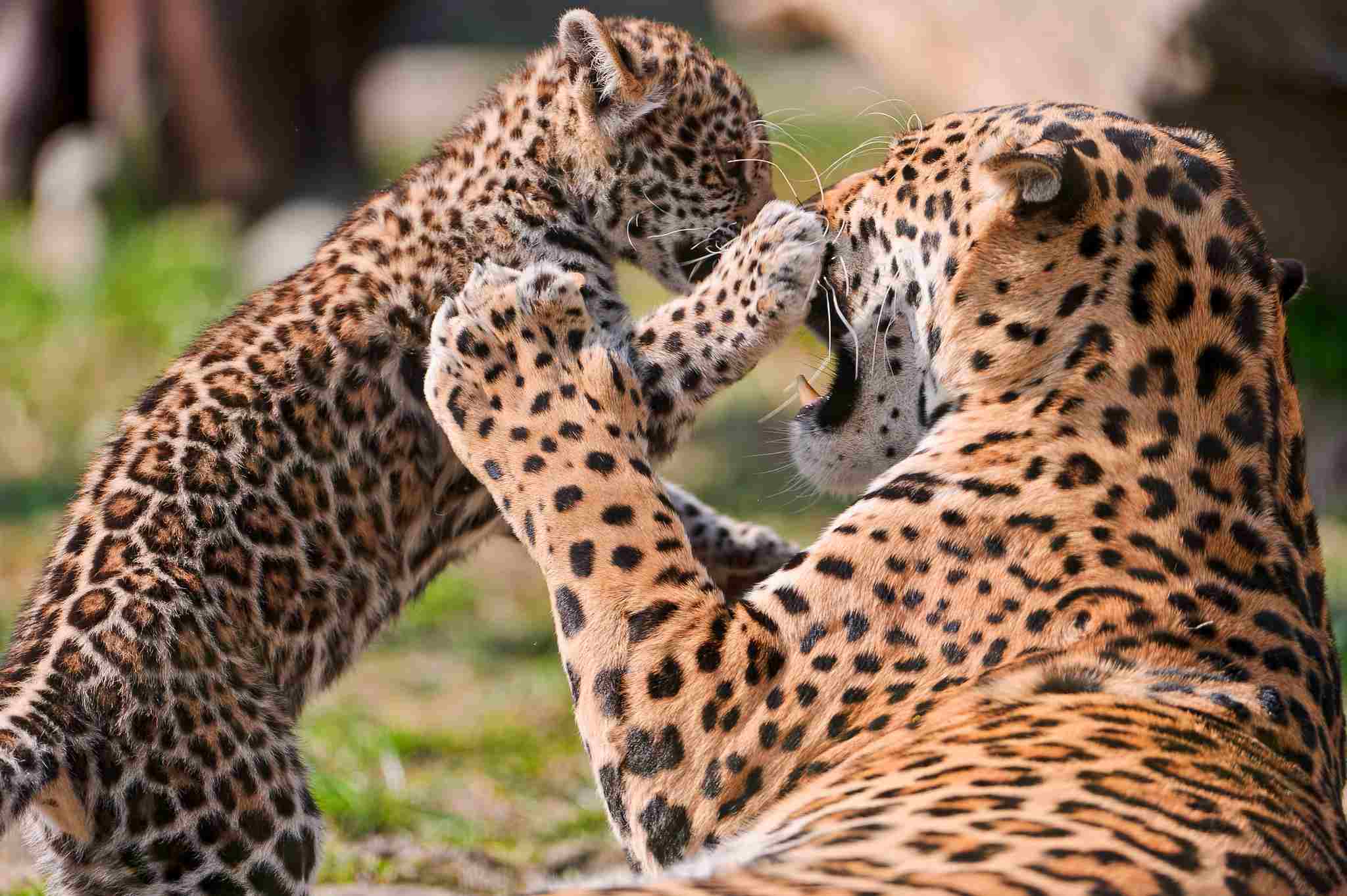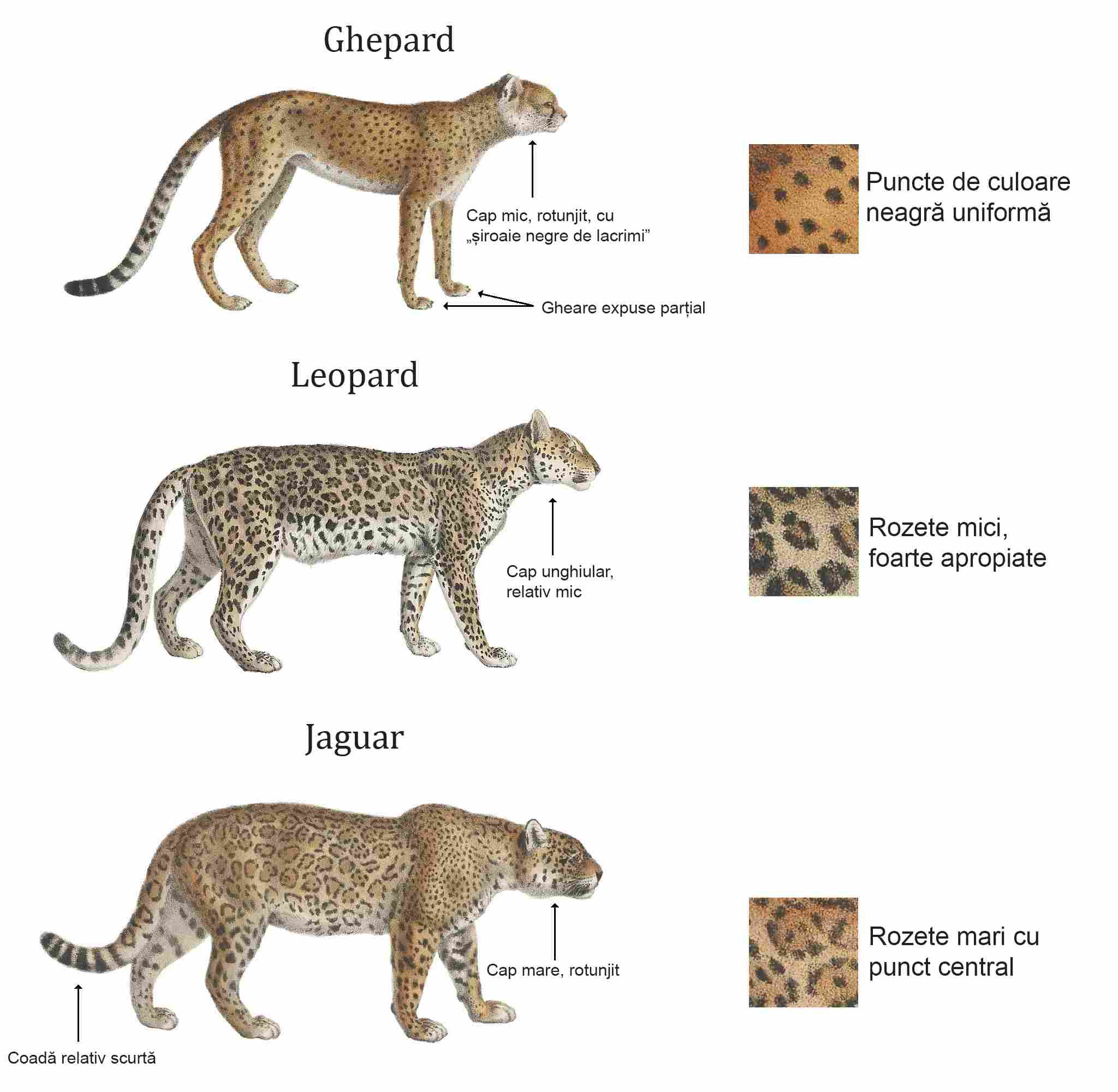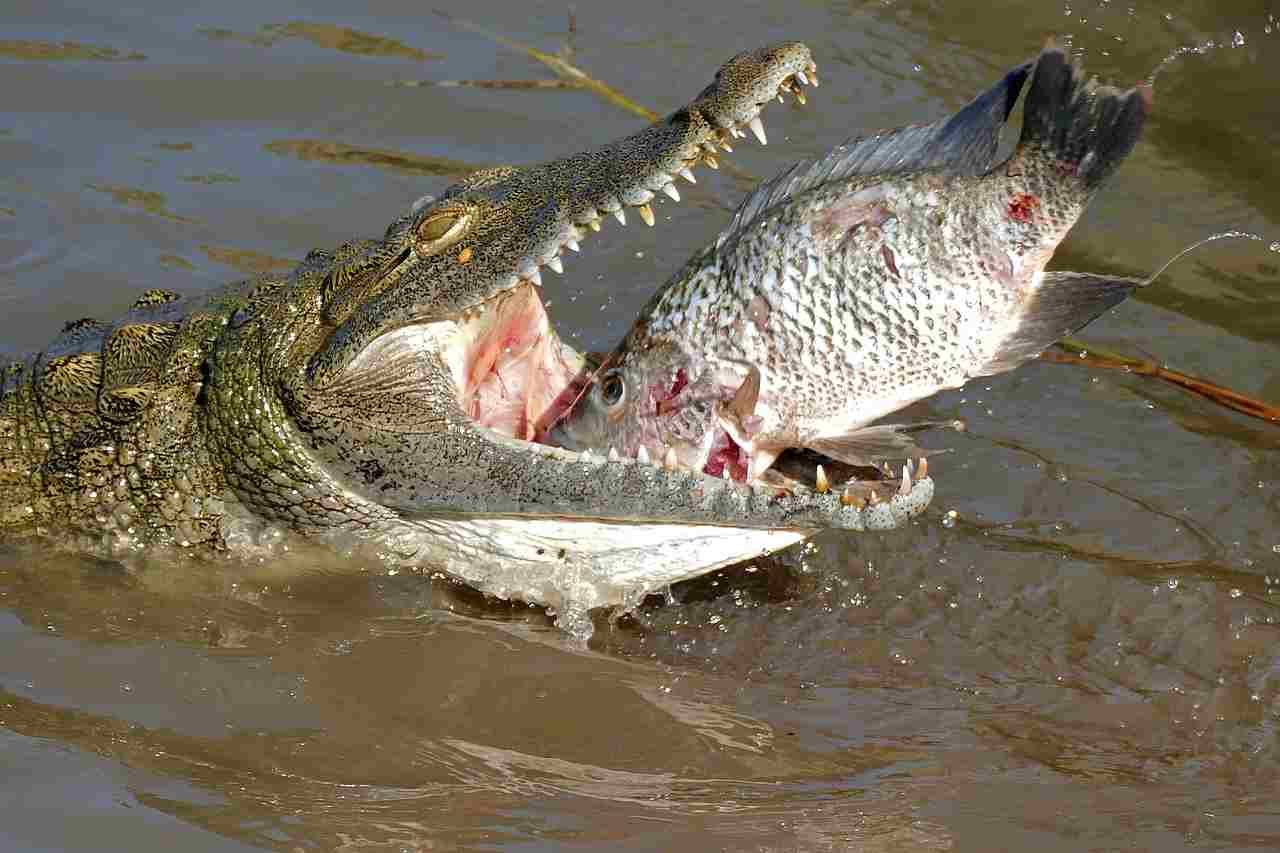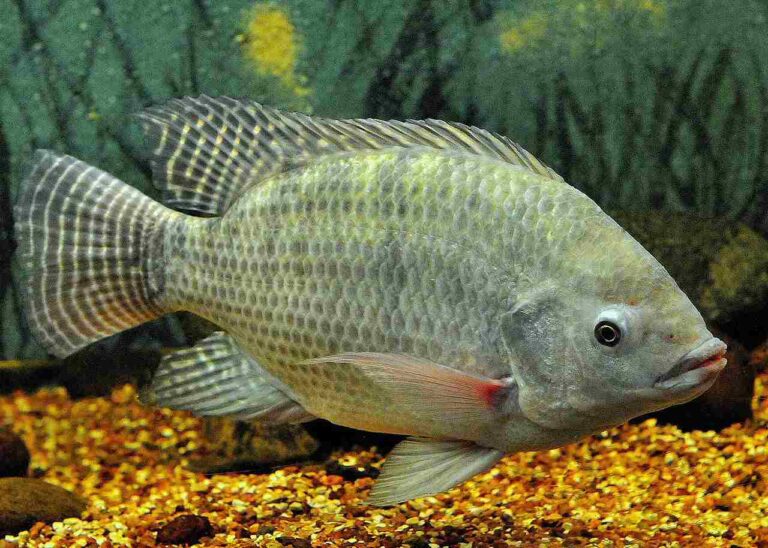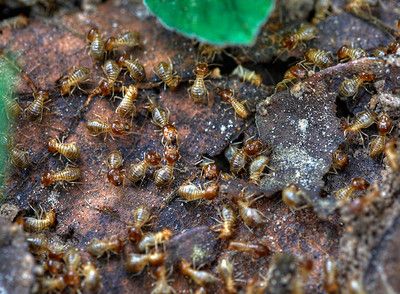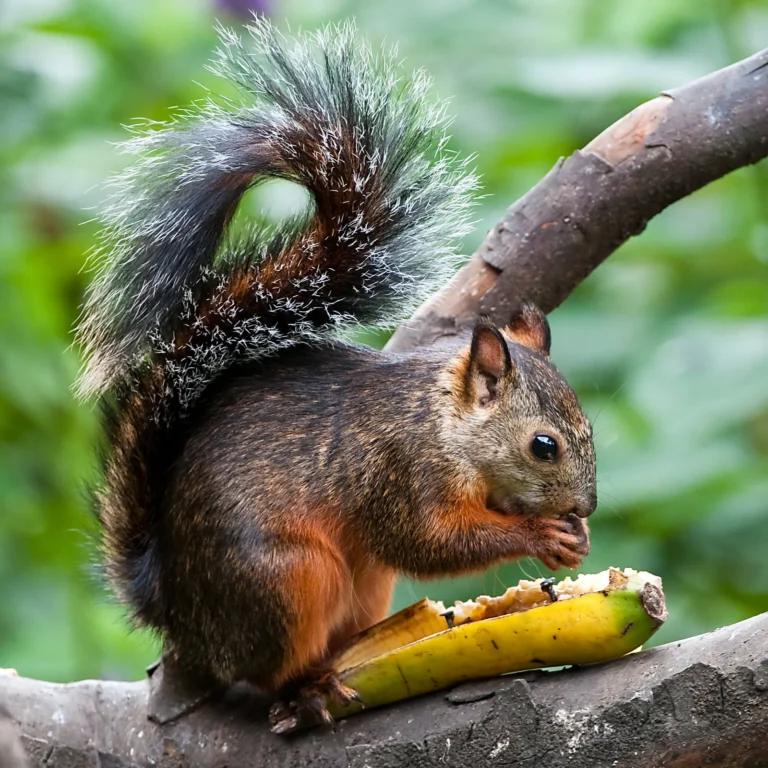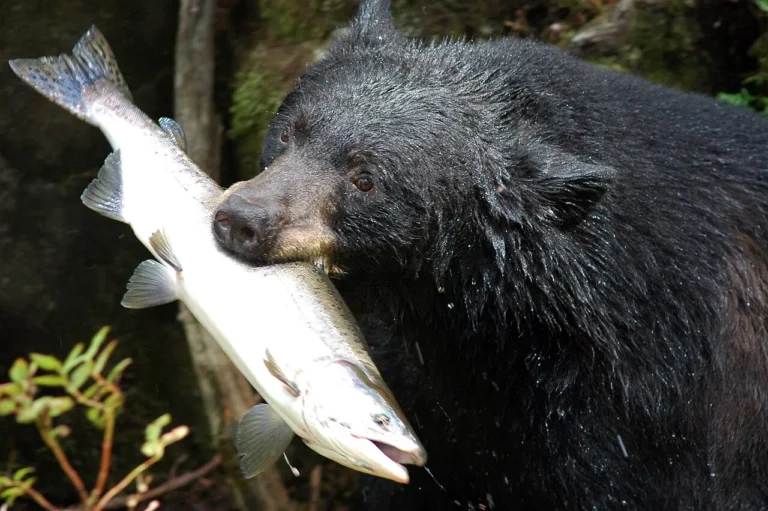Jaguar Vs Crocodile Size, Weight, Ecological Comparison
Factors like size, weight, and bite force are used to compare adult crocodiles and jaguars in this article. In terms of size and weight, crocodiles have a clear advantage over jaguars. Crocodiles can grow to be much larger and heavier, making them more formidable opponents in a physical confrontation. Additionally, crocodiles possess a significantly stronger bite force and have a larger mouth, which gives them an edge in a fight.
Reasons Why a Crocodile Will Win a Jaguar In a Fight/Physical Confrontation
I). Size and Weight Advantages
When comparing a crocodile and a jaguar in a fight or physical confrontation, size and weight play a crucial role. Crocodiles have a clear advantage in this aspect. They can grow to be much larger and heavier than jaguars, making them more formidable opponents.
A fully grown crocodile can reach lengths of up to 20 feet and weigh over a ton, while jaguars typically measure around 6 feet in length and weigh around 200 pounds. The sheer size and weight of a crocodile give it a significant advantage in terms of strength and power.
II). Larger Mouth and Stronger Bite Force
Another reason why a crocodile would likely win in a fight against a jaguar is its larger mouth and stronger bite force. Crocodiles have a wide, powerful jaw that can exert tremendous pressure when biting down. Their bite force is estimated to be one of the strongest in the animal kingdom, with some species capable of exerting over 5,000 pounds per square inch.
In contrast, jaguars have a relatively smaller mouth and a bite force that is not as powerful as that of a crocodile. This difference in bite force gives crocodiles an advantage when it comes to overpowering their prey or defending themselves against potential threats.
Generally, the size and weight advantages, along with the larger mouth and stronger bite force, make crocodiles more likely to win in a fight or physical confrontation with a jaguar.
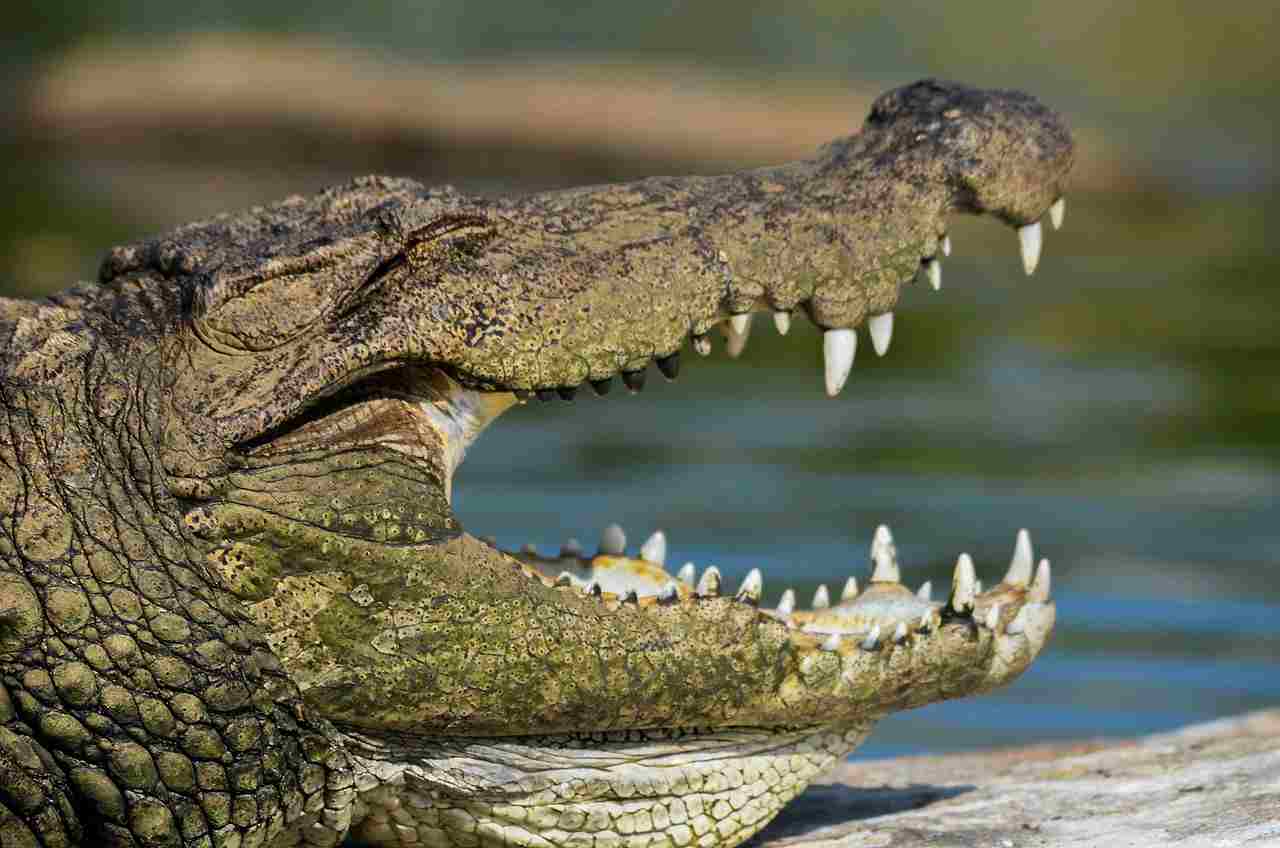
*Details of Comparison
| Feature | Jaguar | Crocodile |
| Size & Weight | Smaller (5-6ft, 100-250 lbs) |
Larger (10-20ft, 500-2000 lbs)
|
| Bite Force | 1500 psi | 5000+ psi |
| Speed & Agility | Agile on land, 50 mph bursts |
Slow on land, fast in water
|
| Habitat | Rainforests, grasslands |
Freshwater environments
|
| Hunting Strategy | Ambush predator, powerful bite |
Powerful jaws, drag & drown prey
|
| Social Behavior | Solitary |
Varies from solitary to group gatherings
|
| Lifespan | 12-15 years | 50-70 years |
| Danger to Humans | Less likely to attack, avoid humans |
More dangerous, higher bite force
|
| Intelligence | Cunning hunting techniques, adaptability |
Efficient predator in aquatic environments
|
| Tracks | Four-toed paw prints, sharp claws |
Drag marks, webbed feet impressions
|
| Conservation Status | Near threatened |
Varies by species, some critically endangered
|
Similarities:
- Powerful predators in their respective habitats
- Adapted to their environments for survival
Differences:
- Physical appearance: Jaguar-sleek, muscular, rosettes; Crocodile-reptilian, long snout, scaly skin
- Habitat: Jaguar-forests; Crocodile-freshwater
- Behavior: Jaguar-solitary; Crocodile-varies from solitary to social
- Tracks: Jaguar-clear paw prints; Crocodile-drag marks, webbed feet
1). Taxonomy
The taxonomy of the jaguar and crocodile reveals interesting differences between these two species. The jaguar belongs to the genus Panthera and the species Panthera onca, while the crocodile belongs to the genus Crocodylus and the species Crocodylus niloticus.
In terms of their classification, the jaguar is a mammal, specifically a member of the Felidae family, while the crocodile is a reptile, belonging to the Crocodylidae family. This distinction highlights the fundamental differences in their evolutionary history and biological characteristics.
The comparison of these animals from a taxonomic perspective showcases the diversity of life on Earth. While the jaguar is a large, muscular predator with a sleek and agile body, the crocodile is a formidable aquatic reptile with a long, streamlined body and powerful jaws. These differences in physical attributes and ecological adaptations are a result of their distinct evolutionary paths.
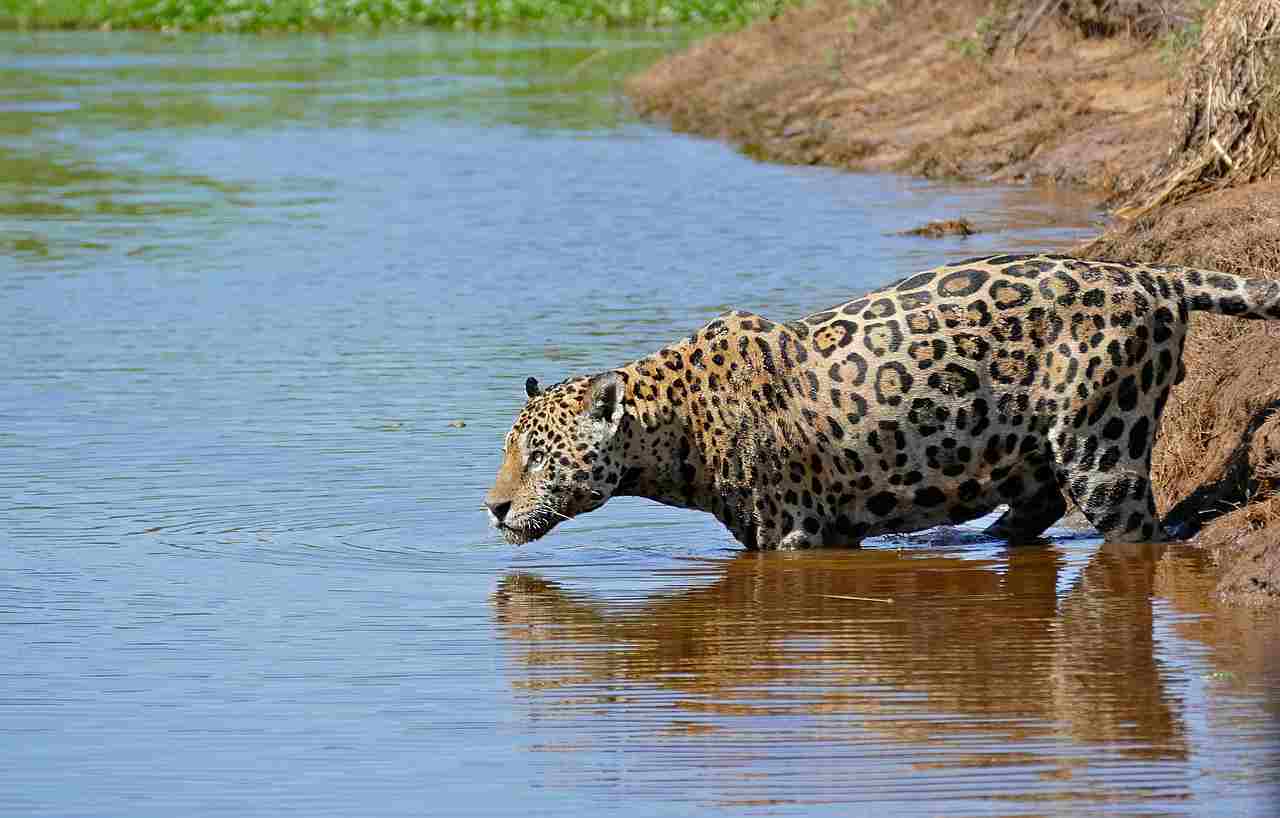
2). Appearance
The appearance of the jaguar and crocodile showcases their distinct physical characteristics and adaptations. Starting with the jaguar, its coat is one of its most striking features. Covered in rosettes, the jaguar’s fur provides excellent camouflage in its natural habitat, allowing it to blend seamlessly into the dense vegetation. This patterned coat is not only aesthetically pleasing but also serves as a practical advantage for hunting and stalking prey.
In contrast, the crocodile’s appearance is more suited to its aquatic lifestyle. Its tough, scaly skin acts as a protective armor, shielding it from potential threats and harsh environments. The crocodile’s dark coloration helps it blend into the murky waters, making it difficult for prey to spot. Additionally, its streamlined body and powerful tail enable it to move swiftly through the water, making it a formidable predator.
When comparing the stature and build of these animals, the jaguar stands out for its muscular and compact physique. With a robust frame and strong limbs, it possesses the agility and strength necessary for climbing trees and pouncing on its prey. On the other hand, the crocodile’s elongated body and low-slung posture are perfectly adapted for its semi-aquatic lifestyle, allowing it to navigate through water with ease and lie in wait for unsuspecting prey.
Therefore, the jaguar’s coat, fur, and agile build make it a stealthy and formidable predator on land, while the crocodile’s scaly skin, streamlined body, and aquatic adaptations make it a master of the water.
3). Size
When comparing the size of the jaguar and crocodile, it is important to consider their total body length and height at the shoulders. The jaguar typically measures around 5 to 6 feet in length, with some individuals reaching up to 7 feet. In terms of height, jaguars stand at approximately 2 to 2.5 feet at the shoulders.
On the other hand, crocodiles are known for their impressive size. The average length of a crocodile ranges from 10 to 15 feet, with some species, like the saltwater crocodile, reaching lengths of up to 20 feet or more. In terms of height, crocodiles are relatively low to the ground, with their bodies close to the surface of the water.
The significant difference in size between these two animals is evident. Jaguars are smaller in comparison, but their compact build and muscular physique make them agile and powerful predators. Crocodiles, on the other hand, possess a massive and intimidating presence due to their sheer size. This size advantage allows them to overpower larger prey and assert their dominance in their aquatic habitats.
Therefore, while the jaguar may be smaller in size compared to the crocodile, its agility and strength compensate for its smaller stature. The crocodile’s impressive size, however, gives it a distinct advantage in terms of overpowering prey and asserting its dominance in its environment.
4). Weight
When comparing the weight of a jaguar and a crocodile, there is a significant difference between the two. Jaguars typically weigh between 100 to 250 pounds, with males being larger and heavier than females. On the other hand, crocodiles are much heavier due to their size and build. The weight of a crocodile can range from 500 to 2,000 pounds, depending on the species.
The weight advantage of crocodiles plays a crucial role in their hunting strategy. Their massive bodies allow them to overpower and subdue larger prey, such as wildebeests and zebras, by dragging them underwater and drowning them. The sheer weight of a crocodile gives it a distinct advantage in terms of strength and dominance in its environment.
While jaguars may be smaller and lighter in comparison, their agility and muscular build compensate for their lower weight. They are known for their ability to climb trees and pounce on their prey with precision and speed. Their lighter weight allows them to move swiftly through the dense vegetation of their habitats, making them efficient hunters.
5). Speed and Agility
When comparing the speed and agility of a jaguar and a crocodile, there is a clear distinction between the two. Jaguars are known for their exceptional speed and agility on land. With their muscular build and flexible bodies, they can reach speeds of up to 50 miles per hour in short bursts. This allows them to chase down and capture their prey with precision and efficiency. Their agility enables them to navigate through dense vegetation and climb trees effortlessly, giving them an advantage in hunting.
On the other hand, crocodiles are not known for their speed and agility on land. Their body structure, with short legs and a heavy build, is more suited for aquatic environments. While they can move quickly in water, their movement on land is relatively slow and cumbersome. However, their lack of speed on land is compensated by their stealth and patience. Crocodiles often lie in wait near the water’s edge, camouflaged by their surroundings, and ambush their prey when it comes close.
Therefore, the jaguar’s speed and agility make it a formidable predator on land, allowing it to outmaneuver and capture its prey. The crocodile, although not as fast or agile on land, relies on its stealth and patience to secure its meals.
6). Bite Force
The jaguar possesses an incredibly powerful bite force, which is essential for subduing and killing its prey. With a bite force of around 1,500 pounds per square inch (psi), the jaguar’s jaws can easily crush the bones and skulls of its victims. This immense bite force allows the jaguar to deliver a swift and lethal bite, ensuring a successful kill.
On the other hand, crocodiles are known to have one of the strongest bite forces in the animal kingdom. With a bite force that can exceed 5,000 psi, crocodiles have the ability to crush the bones of their prey effortlessly. This formidable bite force is a result of their powerful jaw muscles and sharp teeth, which are designed for gripping and tearing apart their meals.
In a direct comparison of the animals’ bite forces, the crocodile clearly surpasses the jaguar. The crocodile’s bite force is more than three times stronger than that of the jaguar, making it a formidable predator in its own right. This immense bite force allows crocodiles to take down large prey, including other predators, with ease.
7). Overall Physical Capacity (Which is Stronger?)
When comparing the overall physical capacity of a crocodile and a jaguar, it is clear that the crocodile holds the advantage due to its size and weight. The crocodile is a massive reptile, known for its formidable presence and powerful physique. With an average length of 13 to 15 feet and weighing up to 1,500 pounds, the crocodile is significantly larger and heavier than the jaguar.
In terms of sheer strength, the crocodile’s size and weight give it a distinct advantage over the jaguar. The crocodile’s muscular body and robust build enable it to overpower and subdue prey with ease. Its massive jaws, equipped with sharp teeth, can deliver a bone-crushing bite that can incapacitate even the strongest of opponents.
In a violent confrontation between a crocodile and a jaguar, the crocodile’s size and weight would likely be the determining factor in the outcome. The sheer force and power behind the crocodile’s attacks would overpower the jaguar, leading to the jaguar’s demise.
Therefore, when considering the overall physical capacity and strength, the crocodile surpasses the jaguar. Its size, weight, and powerful bite force make it a formidable predator in its natural habitat.
8). Habitat
Crocodiles are primarily found in freshwater habitats such as rivers, lakes, and swamps. They are well-suited to these environments due to their ability to regulate body temperature and their strong swimming skills. Crocodiles are known to inhabit regions with warm climates, including Africa, Australia, and parts of Asia and the Americas.
On the other hand, jaguars are native to the dense rainforests of Central and South America. These elusive predators are highly adaptable and can also be found in other habitats such as grasslands and scrublands. Jaguars are known for their ability to climb trees, which allows them to hunt and rest in elevated positions.
When comparing the habitats of crocodiles and jaguars, it is evident that they occupy different ecosystems and have distinct geographic ranges. While crocodiles thrive in freshwater habitats, jaguars are well-adapted to the dense vegetation of rainforests. These differences in habitat contribute to variations in their behavior, hunting techniques, and overall survival strategies.

9). Lifespan
Crocodiles are known for their longevity, with some species living up to 70 years or more in the wild. Their slow growth rate and low metabolic rate contribute to their extended lifespan. In contrast, jaguars have a relatively shorter lifespan, typically ranging from 12 to 15 years in the wild.
The long lifespan of crocodiles can be attributed to their ability to adapt to various environmental conditions and their low vulnerability to predation. They have a slow reproductive rate, with females laying a relatively small number of eggs each year. This, combined with their large size and formidable strength, allows crocodiles to survive for many decades.
On the other hand, jaguars have a higher reproductive rate, with females giving birth to litters of one to four cubs. However, they face higher mortality rates due to predation, habitat loss, and conflicts with humans. These factors contribute to their shorter lifespan compared to crocodiles.
Therefore, generally, crocodiles have a significantly longer lifespan than jaguars. Their ability to adapt to different environments, low vulnerability to predation, and slow reproductive rate contribute to their longevity.
10). Behavior
Crocodiles and jaguars exhibit distinct behaviors that are shaped by their ecological adaptations and social structures.
In terms of feeding, crocodiles are opportunistic predators, feeding on a variety of prey including fish, birds, and mammals. Their powerful jaws and sharp teeth allow them to capture and consume their prey efficiently. On the other hand, jaguars are apex predators, primarily feeding on large mammals such as deer, tapirs, and capybaras. Their strong jaws and retractable claws enable them to take down their prey with precision.
Aggression is another aspect of behavior where crocodiles and jaguars differ. Crocodiles are known for their aggressive nature, especially during mating season or when defending their territory. They display territorial behaviors and engage in aggressive interactions with other crocodiles. In contrast, jaguars are solitary animals and are less aggressive towards conspecifics. They mark their territories with scent markings and vocalizations to communicate their presence.
Vocalization is an important form of communication for both crocodiles and jaguars. Crocodiles produce various vocalizations, including hisses, growls, and bellows, to establish dominance, attract mates, and warn off potential threats. Jaguars, on the other hand, communicate through vocalizations such as roars, grunts, and purrs, which serve as territorial markers and mating calls.
Social behavior also differs between the two species. Crocodiles are generally solitary animals, except during mating and nesting seasons when they gather in groups. Jaguars, on the other hand, are solitary animals that establish and defend their territories. They have overlapping home ranges with minimal social interactions.
In terms of parenting, crocodiles and jaguars exhibit different strategies. Crocodiles are known for their maternal care, with females guarding their nests and protecting their hatchlings. Jaguars, on the other hand, do not provide parental care beyond the initial period of nursing.
11). Reproduction
Crocodiles and jaguars have different reproductive strategies. Crocodiles are oviparous, meaning they lay eggs, while jaguars are viviparous, giving birth to live young.
Crocodile reproduction begins with courtship rituals, where males attract females through vocalizations and displays of dominance. Once a female is receptive, she will lay her eggs in a nest and cover them with vegetation for protection. The eggs are then incubated by the heat of the sun or the female’s body, depending on the species. After a few months, the hatchlings emerge and make their way to the water, where they are independent from birth.
Jaguars, on the other hand, have a longer gestation period. After mating, the female carries the developing embryos in her womb for approximately 90 to 110 days. Once the cubs are born, they are completely dependent on their mother for nourishment and protection. The female jaguar will care for her cubs for about two years, teaching them essential hunting and survival skills before they become independent.
When comparing the reproductive strategies of crocodiles and jaguars, it is clear that they have distinct approaches. Crocodiles rely on the safety of nesting sites and the natural incubation process, while jaguars invest more time and energy in nurturing their young.
12). Danger Posed to Humans
When it comes to the danger posed to humans, the crocodile outweighs the jaguar in terms of its bite force. With its powerful jaws and sharp teeth, a crocodile can inflict severe injuries or even death on a human.
Crocodiles are known to inhabit areas close to human settlements, especially in regions where there are rivers, lakes, or swamps. While they generally avoid human contact, they can become aggressive if they feel threatened or if they perceive humans as potential prey.
The rate of human deaths caused by crocodile attacks is a cause for concern in certain parts of the world. In areas where crocodiles are prevalent, it is important for people to be aware of the potential risks and take necessary precautions.
If you encounter a crocodile, it is crucial to maintain a safe distance and avoid provoking or approaching the animal. Never swim in waters where crocodiles are known to inhabit, and be cautious when fishing or engaging in water-related activities.
In comparison, jaguars are not typically considered a significant threat to humans. While they are powerful predators, they generally avoid human contact and prefer to hunt their natural prey. However, it is still important to exercise caution and respect when encountering a jaguar in the wild.
13). Intelligence
When comparing the intelligence of jaguars and crocodiles, it is important to consider their respective behaviors and adaptations. Jaguars are known for their cunning hunting techniques and ability to adapt to different environments. They display a high level of intelligence when it comes to stalking and ambushing their prey, using stealth and strategy to ensure a successful hunt.
On the other hand, crocodiles are often regarded as instinctual creatures that rely on their natural instincts and reflexes to survive. While they may not exhibit the same level of problem-solving skills as jaguars, crocodiles have evolved to be highly efficient predators in their aquatic habitats. They demonstrate intelligence in their ability to navigate their surroundings, locate prey, and execute precise attacks.
In terms of overall intelligence, it is difficult to determine which animal is more intelligent as their intelligence is specialized for their specific environments and hunting strategies. Jaguars rely on their intelligence to outsmart their prey on land, while crocodiles utilize their intelligence to excel in aquatic environments. Both animals have unique adaptations that allow them to thrive in their respective habitats.
14). Tracks
When comparing the tracks of jaguars and crocodiles, there are distinct differences that reflect their different habitats and locomotion.
Jaguars leave tracks that are typically found on land, as they are primarily terrestrial animals. Their tracks show the characteristic four-toed paw prints with sharp retractable claws. These tracks are often deep and well-defined, indicating the jaguar’s powerful stride and ability to cover long distances in search of prey.
On the other hand, crocodiles leave tracks that are typically found in muddy or sandy areas near water bodies. Their tracks are characterized by drag marks from their bellies and claw marks from their webbed feet. These tracks are often less defined and can be difficult to distinguish from other reptiles or animals that inhabit similar environments.
The differences in tracks between jaguars and crocodiles reflect their different locomotion methods and habitats. Jaguars rely on their agility and speed on land, leaving distinct tracks that showcase their powerful strides. Crocodiles, being semi-aquatic, leave tracks that are more subtle and blend in with their surroundings.
15). Conservation Status
Jaguars are listed as “near threatened” by the International Union for Conservation of Nature (IUCN). This means that while they are not currently classified as endangered, their population is declining, and they are at risk of becoming endangered in the near future. The main threats to the survival of jaguars in the wild include habitat loss due to deforestation, fragmentation of their habitat, and conflicts with humans, such as poaching and retaliatory killings.
On the other hand, crocodiles have a more varied conservation status depending on the species. Some crocodile species, such as the American crocodile, are listed as “least concern” by the IUCN, indicating that their populations are stable and not currently at risk. However, other species, like the Philippine crocodile, are critically endangered, with only a few hundred individuals remaining in the wild. The main threats to crocodile populations include habitat destruction, illegal hunting for their skin and meat, and pollution of their aquatic habitats.
While jaguars are currently classified as “near threatened” and face threats such as habitat loss and conflicts with humans, crocodile species have varying conservation statuses, with some populations stable and others critically endangered.
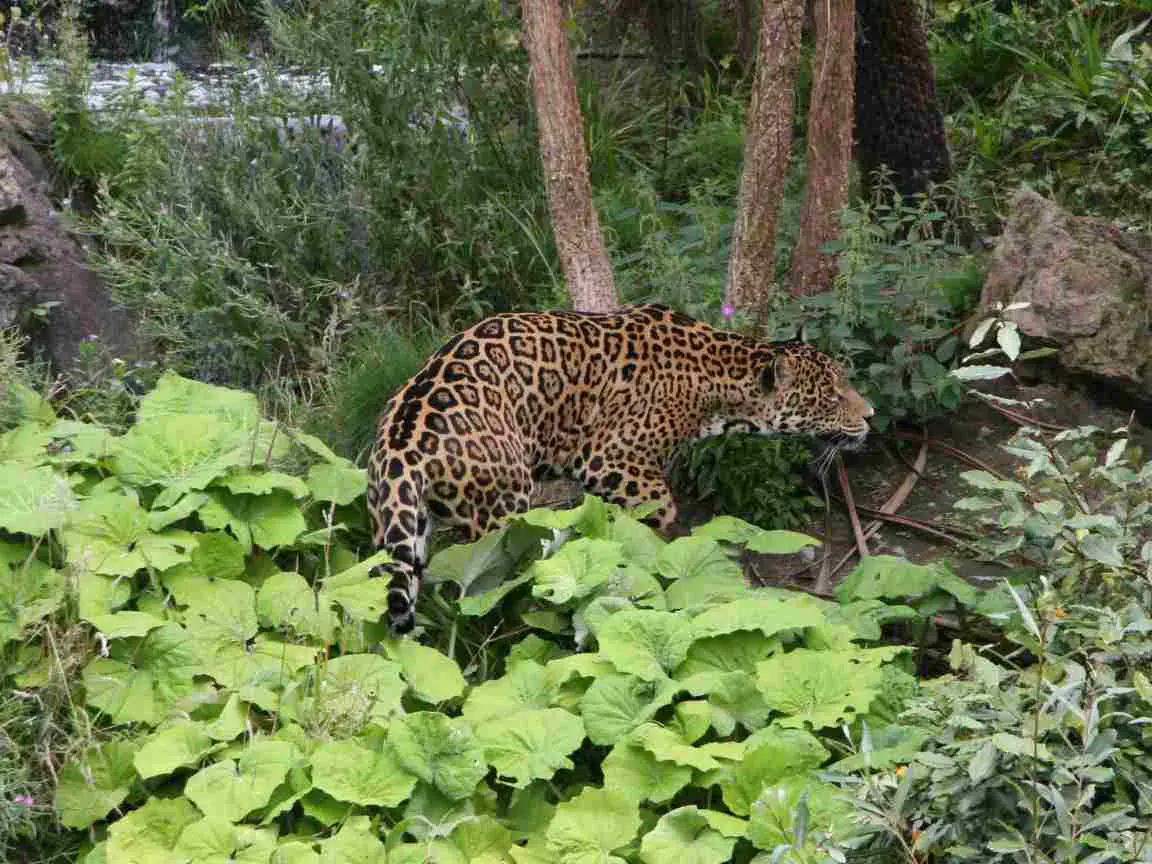
Conclusion
I). SIMILARITIES
When comparing jaguars and crocodiles, it is clear that these animals share some similarities. Both are formidable predators in their respective habitats, with powerful physical attributes that allow them to excel in hunting and capturing prey. Additionally, both jaguars and crocodiles have adapted to their environments over time, developing unique characteristics that aid in their survival.
II). DIFFERENCES
Despite their similarities, there are also significant differences between jaguars and crocodiles. One of the most notable differences is their physical appearance. Jaguars have a sleek and muscular build, with a distinctive coat pattern of rosettes.
On the other hand, crocodiles have a more reptilian appearance, with a long snout, scaly skin, and a powerful tail for swimming.
Another key difference lies in their habitats. Jaguars are primarily found in the dense forests of Central and South America, while crocodiles inhabit freshwater environments such as rivers, lakes, and swamps across the globe.
In terms of behavior, jaguars are solitary animals, while crocodiles are known to be more social, often congregating in groups called basks.
